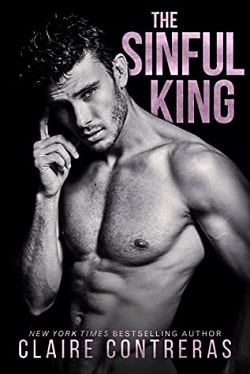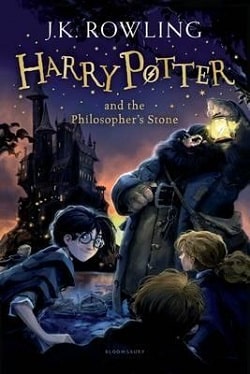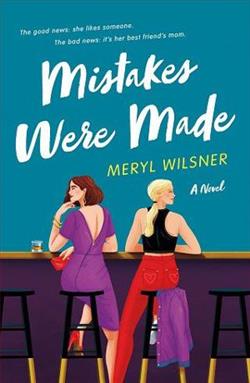“Depending upon how much credence you put in that crackpot Cruson.”
“And the other two we have to investigate.”
“All connected by battleships?” Van Dorn asked, still sounding incredulous.
“Every victim worked in the dreadnought program.”
“If they’re all victims, who’s behind it?”
“I don’t know.”
“I don’t suppose you know why either.”
“Not yet.”
Van Dorn sighed. “What do you need, Isaac?”
“Van Dorn Protection Services to guard Farley and Wheeler.”
“To whom do I bill those services?”
“Put it on the cuff ’til we figure who the client is,” Bell answered drily.
“Very amusing. What else do you need?”
BELL ISSUED INSTRUCTIONS to the crew of operatives Van Dorn put at his call-temporarily, as his call with the boss had made clear. Then he took the subway downtown and a trolley across the Brooklyn Bridge. John Scully met him in a Sand Street lunchroom a stone’s throw from the fortresslike gates of the Brooklyn Navy Yard.
The cheap restaurant was starting to fill up as day shifts ended at the yard and surrounding factories, and boilermakers, drop forgers, tank testers, reamers, and patternmaker
s, machinists, coppersmiths, pipe fitters, and plumbers rushed in for supper.
Scully said, “Near as I can discover, Kent’s on the up-and-up. All he does is work and work some more. Devoted as a missionary. I’m told he hardly ever leaves his drawing table. He’s got a bedroom attached to his drawing loft, where he stays most nights.”
“Where does he stay the rest of the nights?”
“Hotel St. George when a certain lady from Washington comes to town.”
“Who is she?”
“Well, that’s the funny thing. She’s the daughter of your exploding-piano guy.”
“Dorothy Langner?”
“What do you think of that?”
“I think Farley Kent is a lucky man.”
THE BROOKLYN NAVY YARD surrounded a large bay of the East River between the Brooklyn Bridge and the Williamsburg Bridge. Designated a “battleship yard,” and officially named the New York Navy Yard, its factories, foundries, dry docks, and shipways employed six thousand ship workers. Tall brick walls and iron gates enclosed twice the acreage of the Washington Navy Yard. Isaac Bell showed his Navy pass at the Sand Street Gate, which was flanked by statues of eagles.
He found Farley Kent’s drawing loft in a building dwarfed by enormous ship sheds and gantry cranes. Night had blackened the high windows, and the draftsmen worked by electric lamps. Kent was young, barely out of his twenties, and deeply shaken by Alasdair Mac-Donald’s murder. He mourned that MacDonald’s death would cripple America’s development of large-ship turbines. “It will be a long while before the United States Navy will be able to install advanced turbines in our dreadnoughts.”
“What is Hull 44?” Bell asked.
Kent looked away. “Hull 44?”
“Alasdair MacDonald implied that it was important.”
“I’m afraid I don’t know what you are talking about.”















